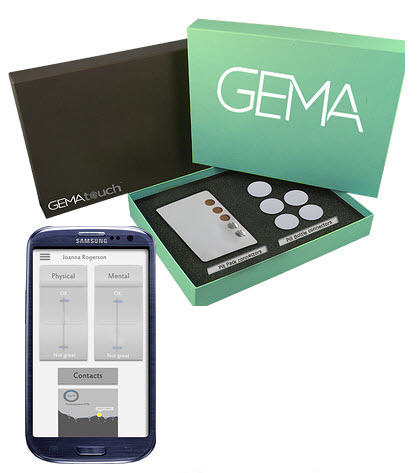This is follow-up commentary to an article I Tweeted about earlier this week.
JCP: “[Express Scripts] found that patients who were adherent to oral diabetes drugs had 235 fewer emergency department visits and 50 fewer inpatient hospitalizations per 1000 patients, resulting in an average of $500 saved per patients and a total decrease of $210 million in health care spending in 2016…Patients who were nonadherent were found to have 1.3 times higher medical costs and 4% higher total health care costs compared with adherent patients, a difference of $11,176 vs $10,683, respectively.” – No surprise. Poor control of chronic diseases like diabetes can lead to lots of complications, including admission to a hospital for advanced care.
Nonadherence to medication is tricky. Proposed solutions to the problem are many. Actual solutions to the problem are few. The issue is that there’s no one-size-fits-all approach to the problem. People behave like people. Some will do a great job managing their disease, while others won’t. The more complicated the disease management, the more likely that adherence will slip. And management of patients with diabetes can get very complicated.
The difficulty comes when multiple healthcare providers are involved. There are often multiple medications, complicated administration regimens, and so on. I witnessed this firsthand while caring for my mom during the last year of her life. She was a complicated patient, and her medication regimen changed frequently depending on the physician seen and which area of the disease was the focus of treatment; the old whack-a-mole approach to medicine. With that said, my mother was a best case scenario. Her ability to manage her medications was inspiration. However, even as a pharmacist I found it difficult to keep track of what was going on at times. There were times when I would re-sort and organize her weekly medications three times in a ten day period. Crazy.
My opinion is that adherence strategies are still in their infancy. There are simply too many variable when it comes to patients take their medications correctly. The most important thing, in my opinion, is getting people to take a stake in their own disease management. That should be the primary goal. The rest is window dressing at this point.


 This is interesting, the use of NFC tags to track patient’s medication compliance. Makes sense when you consider the ubiquitous nature of NFC on mobile devices these days.
This is interesting, the use of NFC tags to track patient’s medication compliance. Makes sense when you consider the ubiquitous nature of NFC on mobile devices these days.